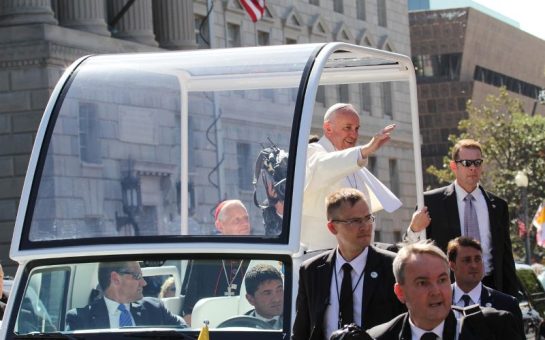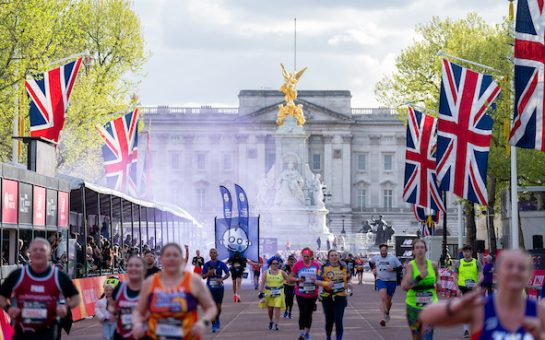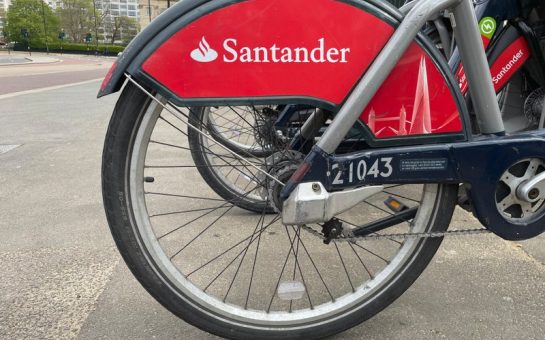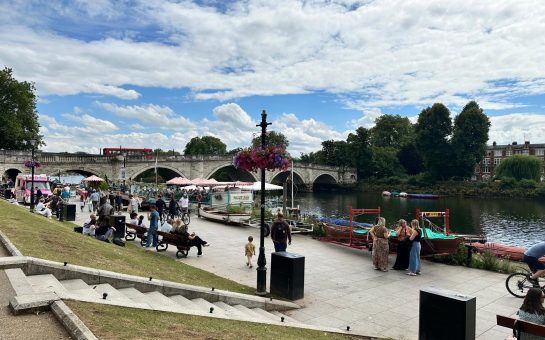On June 23, 2016, Britons voted by a margin of 52% to 48% in favour of a Brexit. The historic Brexit referendum had a dramatic effect on the GBP.
According to official data, the GBP/USD (the cable) was trading at a rate of 1.4707 on that fateful day. Fast-forward to June 24, 2016, and the GBP/USD pair closed the day at 1.3694. Today, a year later, the cable is trading at a rate of 1.3033. That represents an 11.38% depreciation of the sterling.
The pound has appreciated dramatically since it dropped to a 31-year low after Brexit fears fed into markets. Speculators had been bearish on the GBP, shorting it in futures markets and in trading activity. However, the UK economy has remained robust, defied the naysayers, and pundits.
Central to the performance of the GBP and the UK economy is the Bank of England. In recent days, mixed reports have emanated from the highest echelons of the financial world in the United Kingdom.
There is evidence of an economic slowdown in the UK, and this is causing a rethink of whether the BOE should opt for interest rate hikes or interest rate cuts. In the last meeting of the MPC (Monetary Policy Committee), the decision was taken to maintain interest rates at the current level by a margin of 5:3.
This was an unexpected result: financial analysts were expecting the doves to sweep the vote, but 3 hawks weighed in with calls for an interest rate hike. This gave pause to current thinking that the Bank of England was in full-on accommodative monetary policy mode.
How does a rate hike affect the GBP?
The Bank of England has two types of monetary policy measures available: tightening or easing. Currently, the BOE and its governor, Mark Carney have adopted a policy of monetary easing. This includes central bank activity geared towards purchasing bonds, and assets on the market, and maintaining low interest rates.
Currently, the bank rate in the United Kingdom is a 0.25%. On Tuesday, 4 July, the Bank of England FPC minutes were released, followed by the Bank of England governor’s speech on Friday, 7 July. These are central to the direction of currency trading activity on the financial markets. On Saturday, 8 July, the Bank of England MPC member, Cunliffe gave a speech.
A rate hike increases the bank rate which then increases demand for the GBP. A rate cut decreases the interest rate and reduces demand for the GBP. These have a significant impact on the actions of currency traders in the financial markets.
The Bank of England was largely expected to move in the direction of interest rate hikes following the Brexit decision, the general election outcome and now, Brexit negotiations. A rate hike is a sign that the UK economy is improving, and it is a way to prevent the economy from overheating.
Presently, the bank rate is so low that credit is readily available and inflation is rising. However, one of the problems faced by the UK is sticky real wages. Personal disposable income levels are feeling the pinch, and this is impacting buying behaviour, and in turn lowering GDP.
Rising inflation and ballooning consumer debt levels are giving the BOE pause. One of the supporters of increased interest rates is chief economist, Andy Haldane.
November rate hike firmly on the cards
However, the jury is out about whether the BOE has the wherewithal to reverse rising inflation, weak wage growth, and poor demand in the UK economy. Unfortunately, the BOE has very little wiggle room in terms of how far it can cut interest rates, given that governor Mark Carney has refused to allow the Bank of England to move into negative interest rate territory.
For now, the consensus among traders is that the BoE might go on a rate hike soon, and markets have already priced a 25-basis point hike into their projections for the GBP and its trading partners. A rate hike will prevent the pound from reaching parity with the EUR, and retain the dignity of the sterling against its trading partners.




